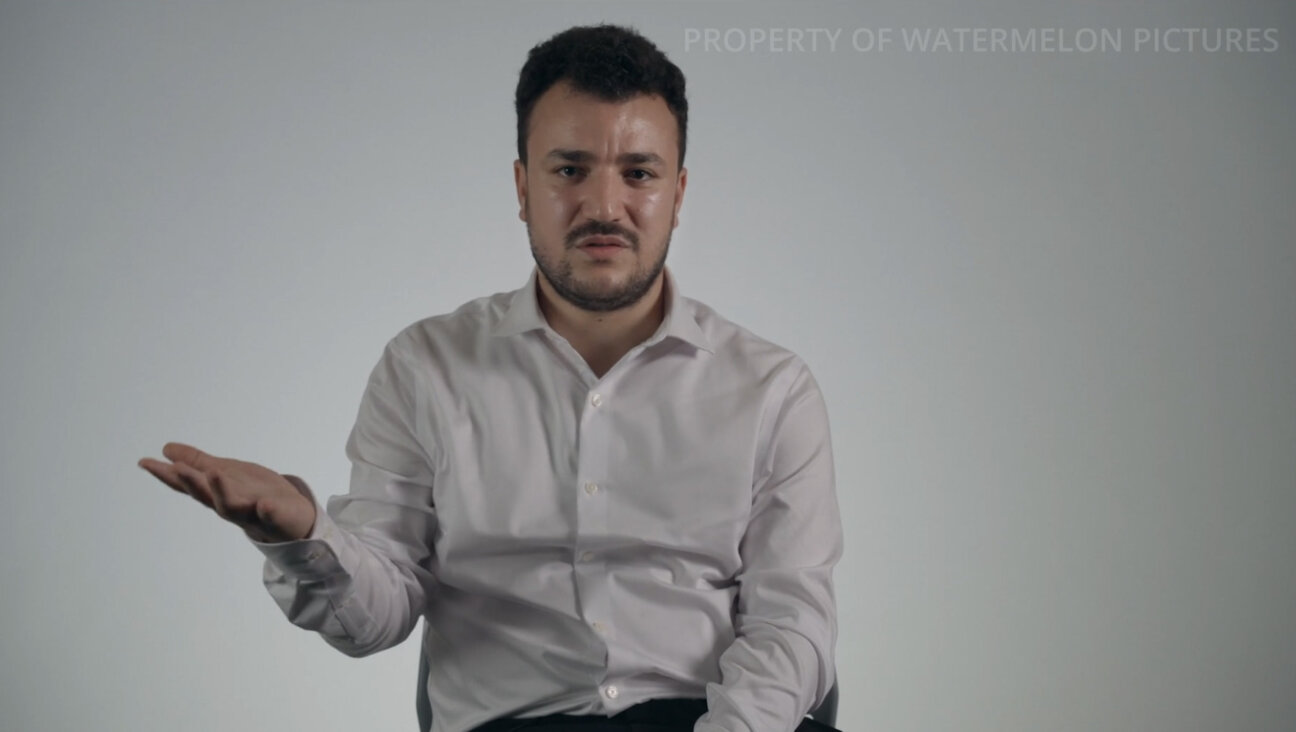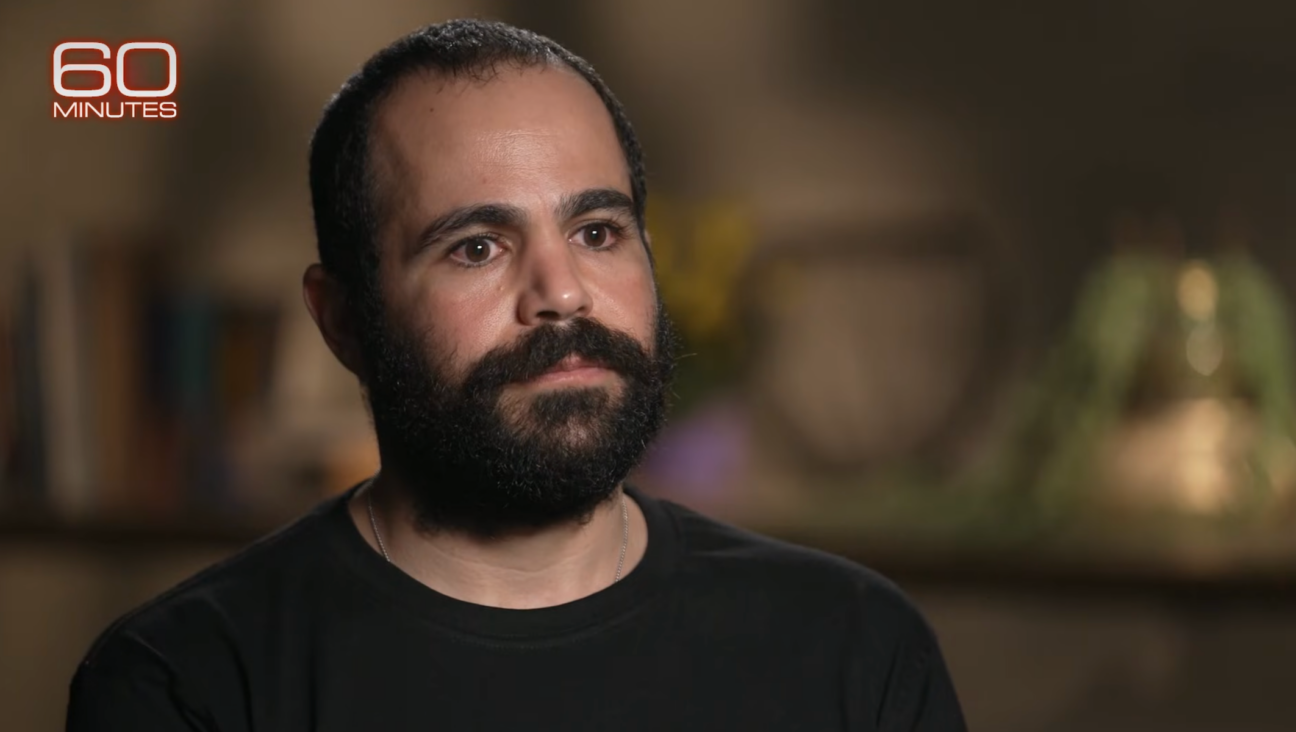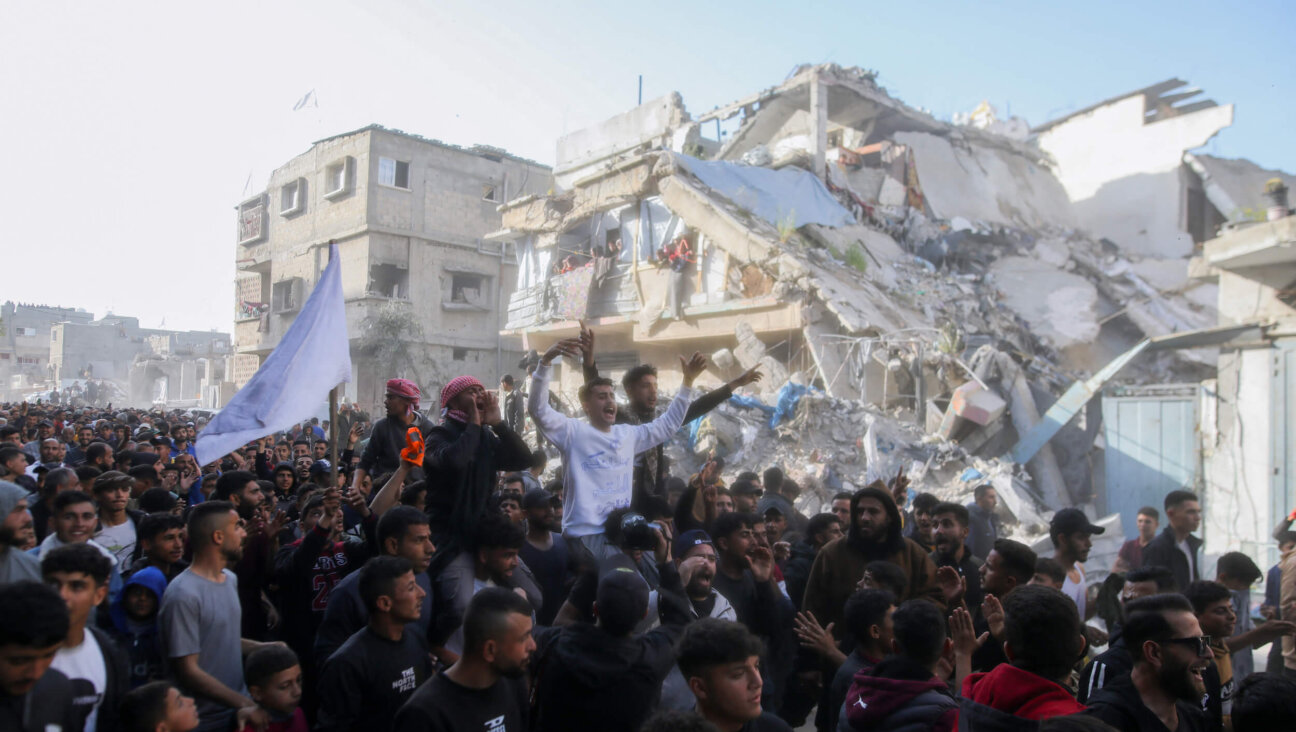Who by Fire?

Image by Getty Images
Who before their time, indeed. Nothing is more painful, more devastating, than the absurdly untimely death of the young, here compounded by the realization that they died knowingly, terror their companion, as the incineration engulfed them. May their memory be for a blessing.
And what can we learn from this disaster?
The uplifting part, of course, was the readiness of others to lend a hand when it was clear that Israel’s own hand was entirely inadequate to the task. Israel currently has about 1,300 firefighters available for operational duty, meaning one for every 6,000 residents. The average among Western countries is one firefighter per 1,000 residents. Israel’s firefighting force doesn’t have a single plane; it ran out of flame retardants on the first day of the blaze.
By the end, when Prime Minister Netanyahu informed others already preparing to send personnel and supplies that they would not be needed, Israel had welcomed seven aircraft from Greece, two from Cyprus, two from Turkey(!), three from Russia, five from France, two more from Britain, seven from Germany, five from Spain, two from Azerbaijan, and five from America — as well as 92 firefighters from Bulgaria, 21 firefighters and three fire engines from the Palestinian Authority, along with three truckloads of equipment from Jordan, materials from Egypt — and all this is only a partial list.
Not too shabby for a country that most often thinks itself isolated in the family of nations, a people “that dwells alone.”
Natural disasters often bring out the best in people. It is the little girl falling into the mine shaft syndrome, long-since familiar: Everything stops, except the rush of volunteers to help out (and the television coverage). So it was in the Chilean mine disaster, so also after the tsunami and even, though belatedly, after Katrina.
Suddenly, human solidarity trumps feuds and disputes. As, not incidentally, it has on many occasions for Israel, itself a source of aid to others — Haiti, Turkey, Thailand, Bali, Colombia, even, in earlier times, Iran — sending medical teams and sending its own equipment and tragic experience in searching for the dead, and now and then survivors, in the rubbled aftermath of earthquakes. Sending even teams of its specialists in finding and saving bits and pieces of flesh and bone. The readiness of people and, in this case as in others, of nations to step in, to behave as we all wish people and nations would behave all the time, is largely an unstudied phenomenon. We need to understand it better so that we can try to extend it.
Not all the lessons of the Carmel fire are so bracing. Israel’s own lack of preparedness comes as a disturbing shock. It is not that we expect Israel to be adequately prepared for all manner of crisis. No government ever is. Nor is it even that the shabbiness of Israel’s fire-fighting capacity has long been known. The disturbing aspect has to do with Israel’s readiness (or lack thereof) to deal not with the rare forest fire set off by “natural causes” — in this case, so far as we know, negligence — but with fires set off by missiles.
It is reasonable to suppose that we may now scratch the prospect of a unilateral Israeli assault on Iran from the agenda, for such an assault would surely beget a retaliatory ring of flame that would be well beyond containment and control. In itself, scratching the prospect may not be a bad thing — but surely the new understanding will lead to very substantial revision of Israel’s planning for “homeland defense.” Israel’s enemies now have a new weapon — the knowledge of Israel’s combustibility.
Embedded in this roaring story there are countless quieter stories, stories of the awesome camaraderie among firefighters everywhere (check out, among others, the stories of the 50 reservists of the U.S. Modular Airborne Firefighting System, who flew to Israel out of Peterson Air Force Base in Colorado Springs, on two specially equipped C-130s), stories of the persistent blabbering of Rabbi Ovadia Yosef, who suggests that the fire was God’s punishment for people’s failure to observe the Shabbat. (Ironically, the theme of divine retribution was echoed by Ismail Haniyeh, the leader of Hamas in Gaza, who opined that the massive forest fires in northern Israel were a “strike from God” — “divine strikes for what Israel has done.”) Or check out the sad story of 23-year-old Tania Lansky, one of the young people on the doomed bus, whom the rabbinate refused to bury in the Ashkelon cemetery’s main section because her mother is not Jewish. (Ask, tell?)
There will, in due course, be investigations and recriminations, the adrenaline rush will be done, eventually the Carmel will be green again. For now, it is enough to reflect on the brutal irony symbolized by singing “Ma’oz Tzur,” or “Rock of Ages,” in one breath and chanting the Mourner’s Kaddish in the next.
The Forward is free to read, but it isn’t free to produce

I hope you appreciated this article. Before you go, I’d like to ask you to please support the Forward.
At a time when other newsrooms are closing or cutting back, the Forward has removed its paywall and invested additional resources to report on the ground from Israel and around the U.S. on the impact of the war, rising antisemitism and polarized discourse.
Readers like you make it all possible. We’ve started our Passover Fundraising Drive, and we need 1,800 readers like you to step up to support the Forward by April 21. Members of the Forward board are even matching the first 1,000 gifts, up to $70,000.
This is a great time to support independent Jewish journalism, because every dollar goes twice as far.
— Rachel Fishman Feddersen, Publisher and CEO
2X match on all Passover gifts!
Most Popular
- 1

Film & TV What Gal Gadot has said about the Israeli-Palestinian conflict
- 2

News A Jewish Republican and Muslim Democrat are suddenly in a tight race for a special seat in Congress
- 3

Culture How two Jewish names — Kohen and Mira — are dividing red and blue states
- 4

Fast Forward What Mahmoud Khalil says about Gaza and Israel in ‘The Encampments’ documentary
In Case You Missed It
-

Books The White House Seder started in a Pennsylvania basement. Its legacy lives on.
-

Fast Forward The NCAA men’s Final Four has 3 Jewish coaches
-

Fast Forward Yarden Bibas says ‘I am here because of Trump’ and pleads with him to stop the Gaza war
-

Fast Forward Trump’s plan to enlist Elon Musk began at Lubavitcher Rebbe’s grave
-
Shop the Forward Store
100% of profits support our journalism
Republish This Story
Please read before republishing
We’re happy to make this story available to republish for free, unless it originated with JTA, Haaretz or another publication (as indicated on the article) and as long as you follow our guidelines.
You must comply with the following:
- Credit the Forward
- Retain our pixel
- Preserve our canonical link in Google search
- Add a noindex tag in Google search
See our full guidelines for more information, and this guide for detail about canonical URLs.
To republish, copy the HTML by clicking on the yellow button to the right; it includes our tracking pixel, all paragraph styles and hyperlinks, the author byline and credit to the Forward. It does not include images; to avoid copyright violations, you must add them manually, following our guidelines. Please email us at [email protected], subject line “republish,” with any questions or to let us know what stories you’re picking up.















